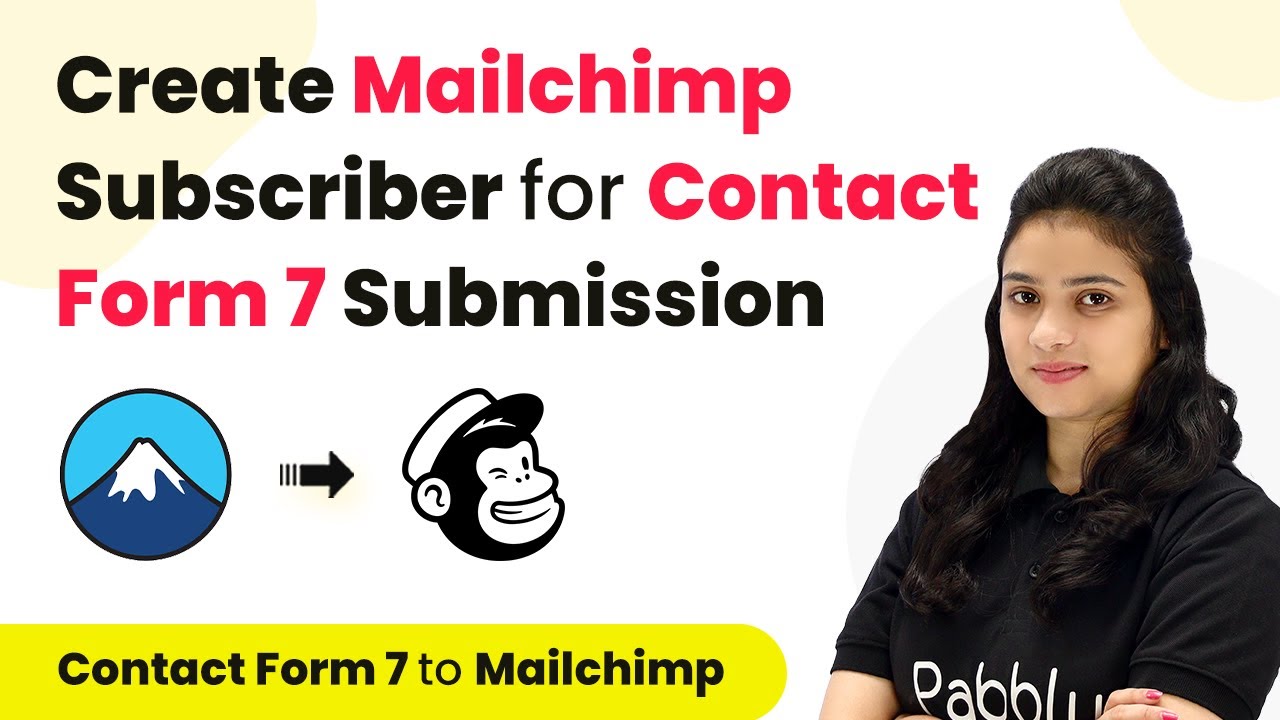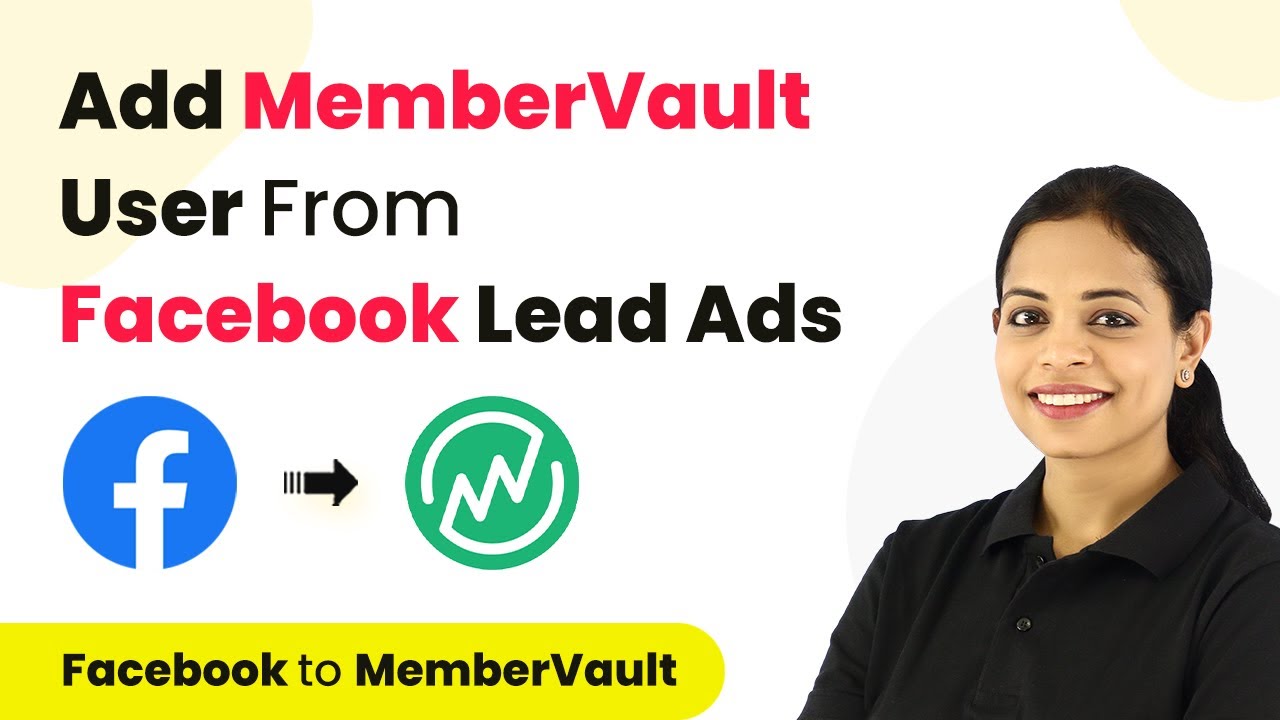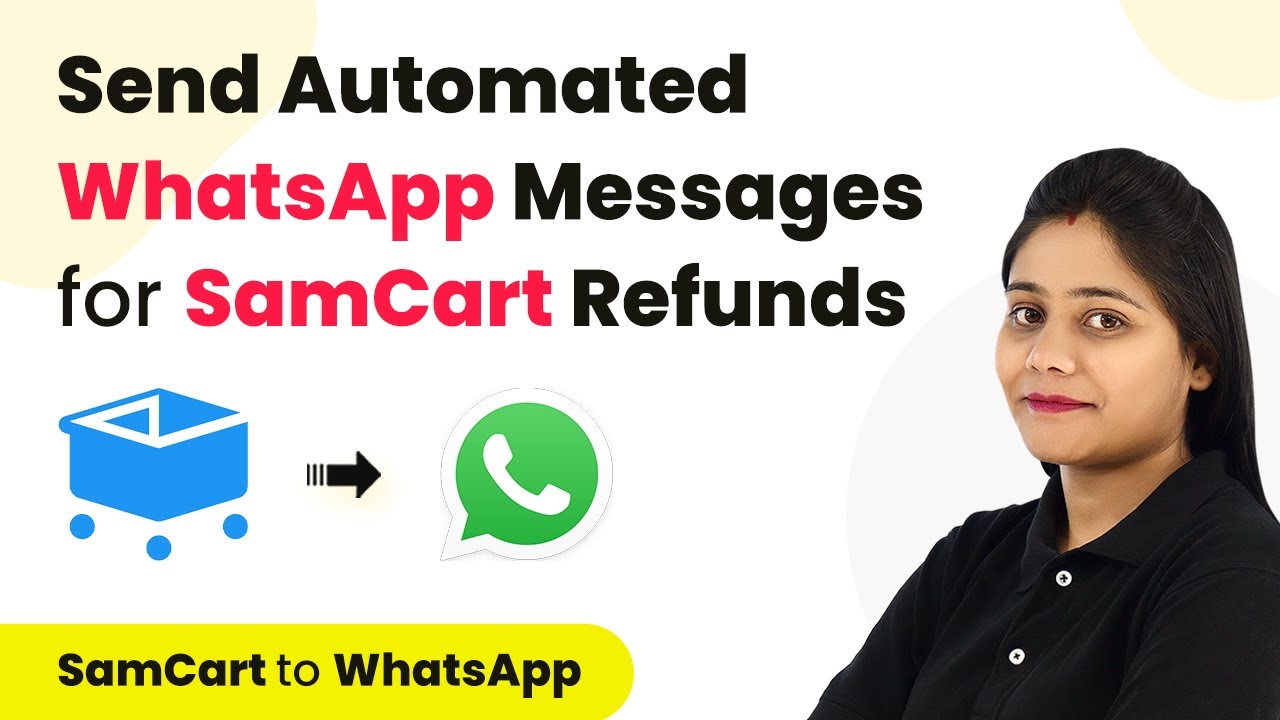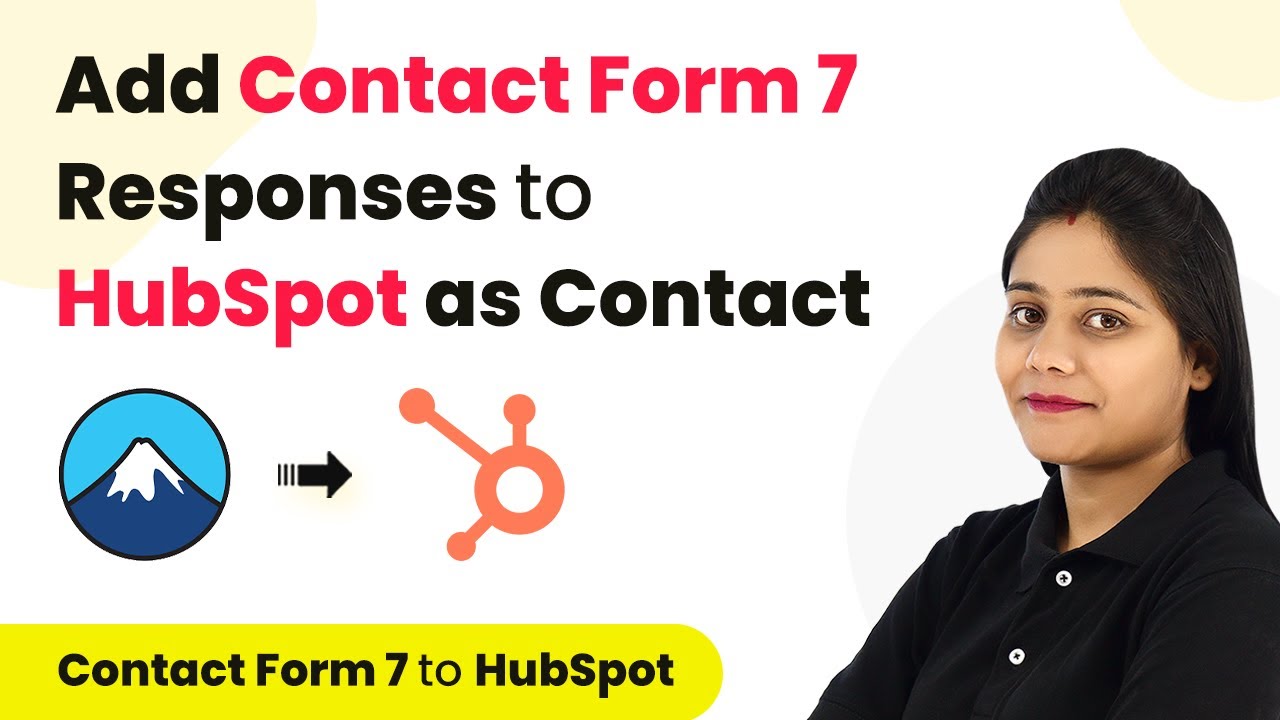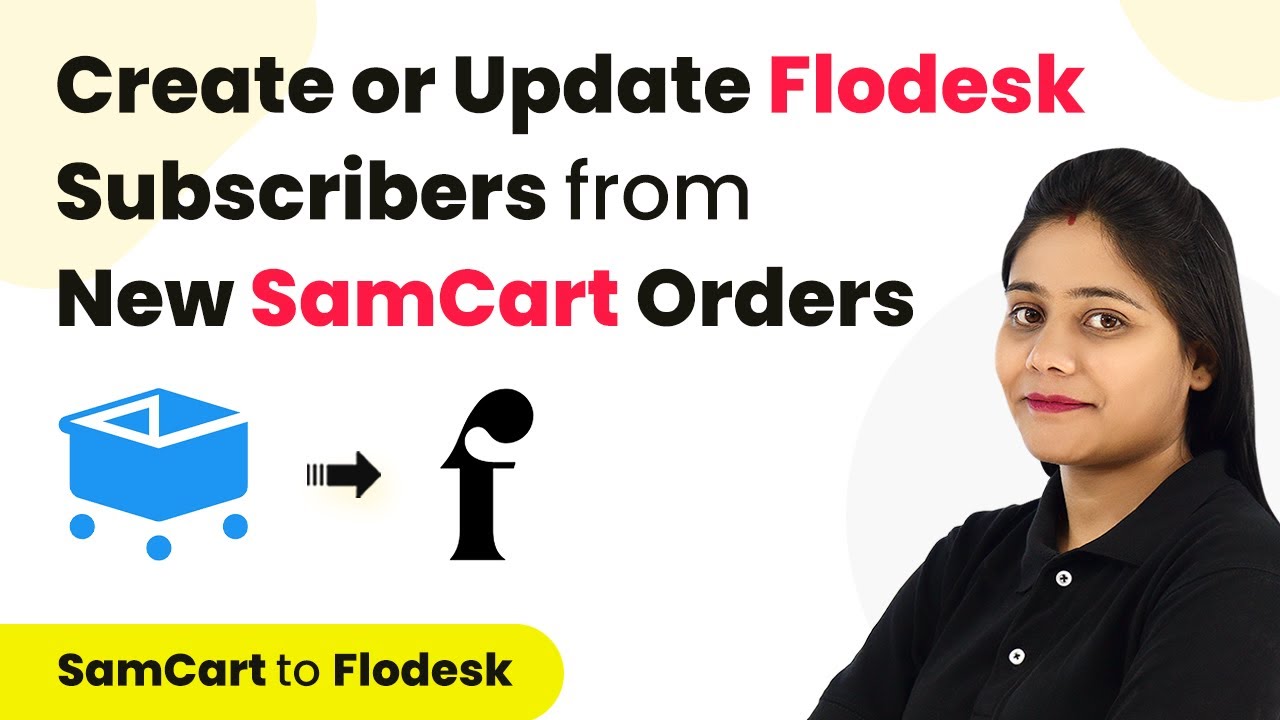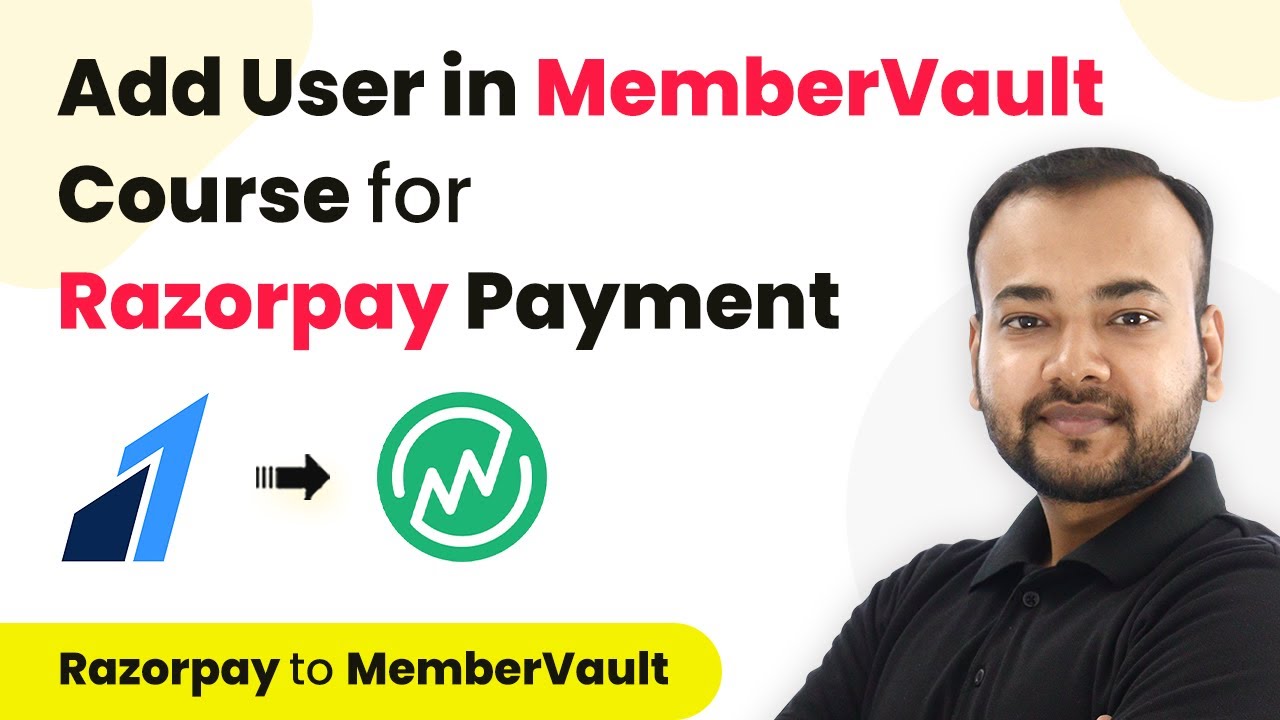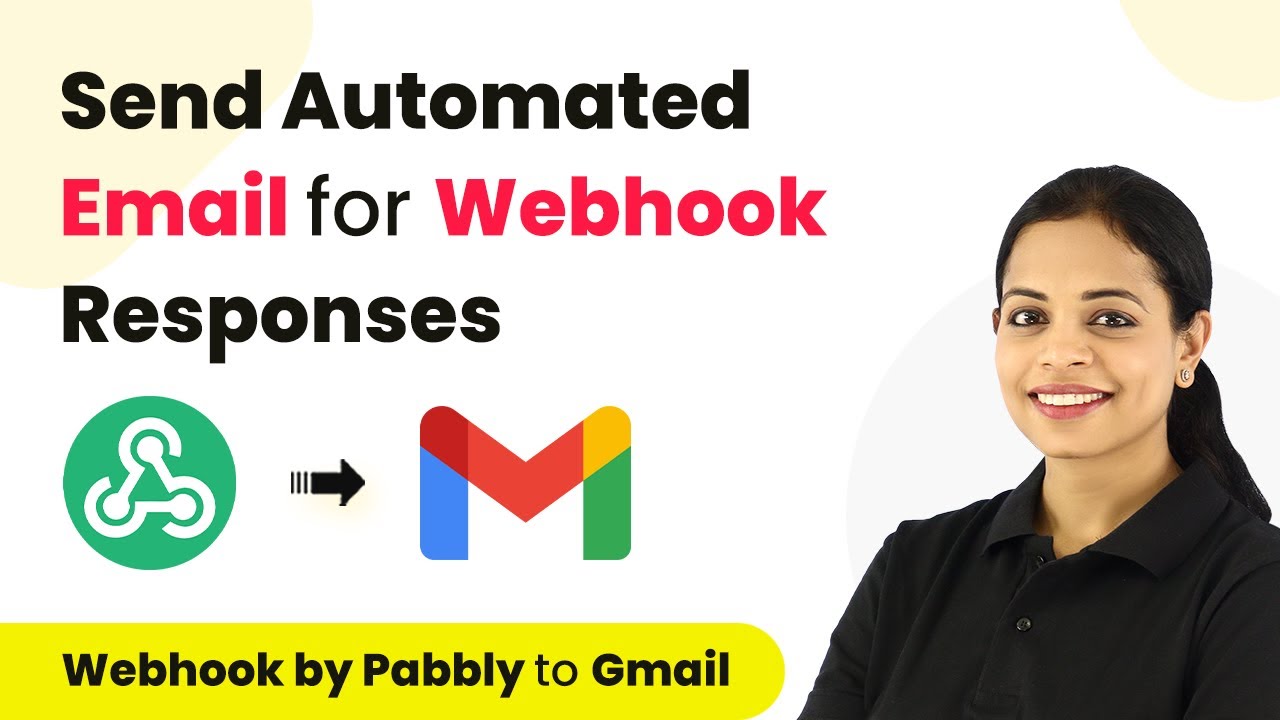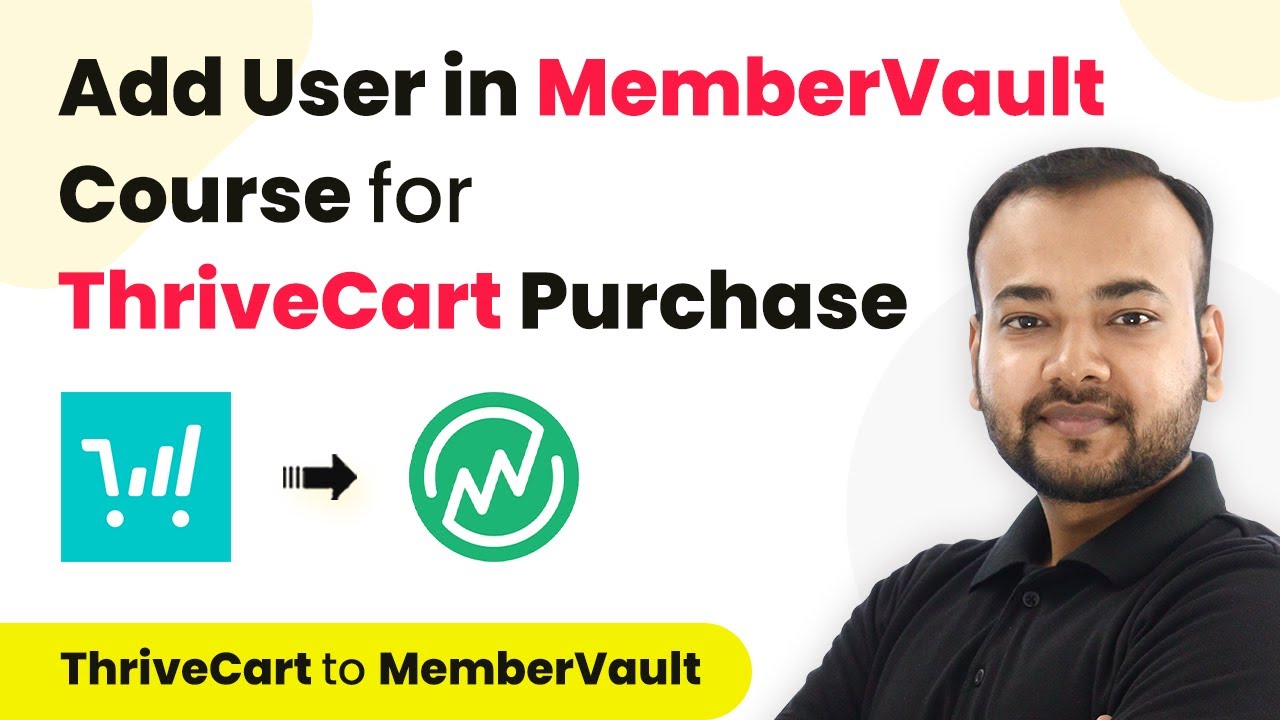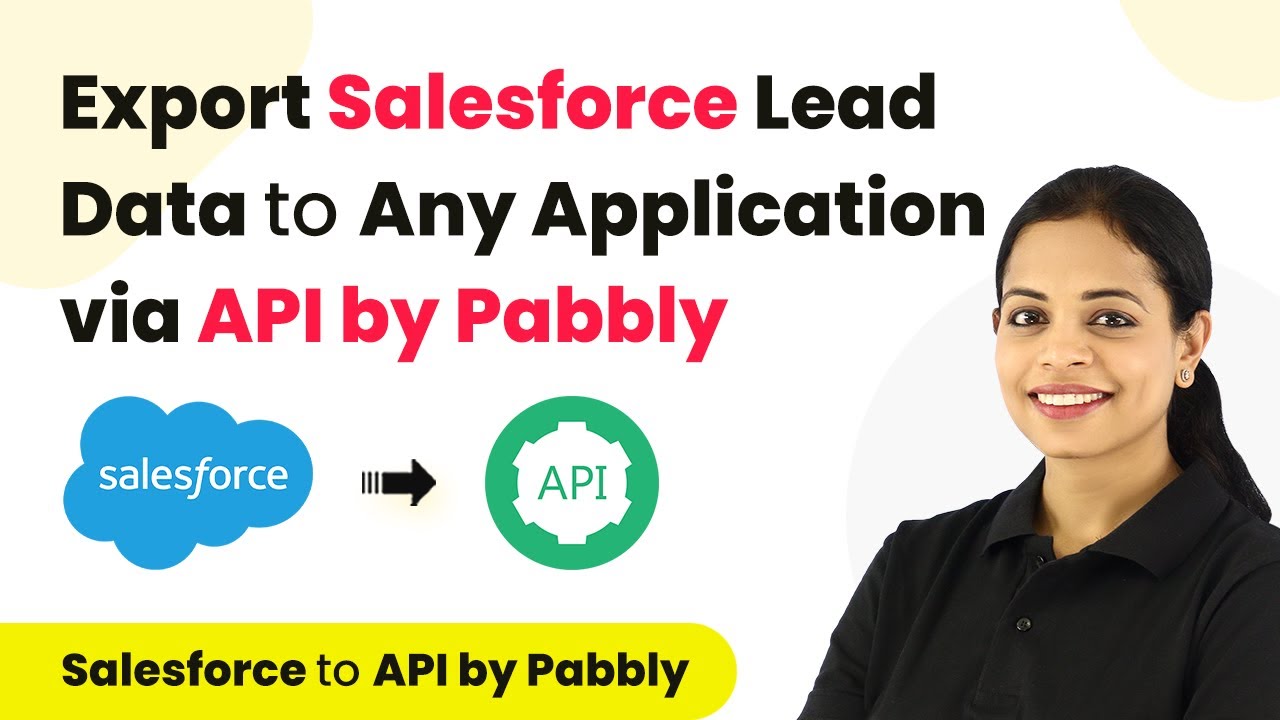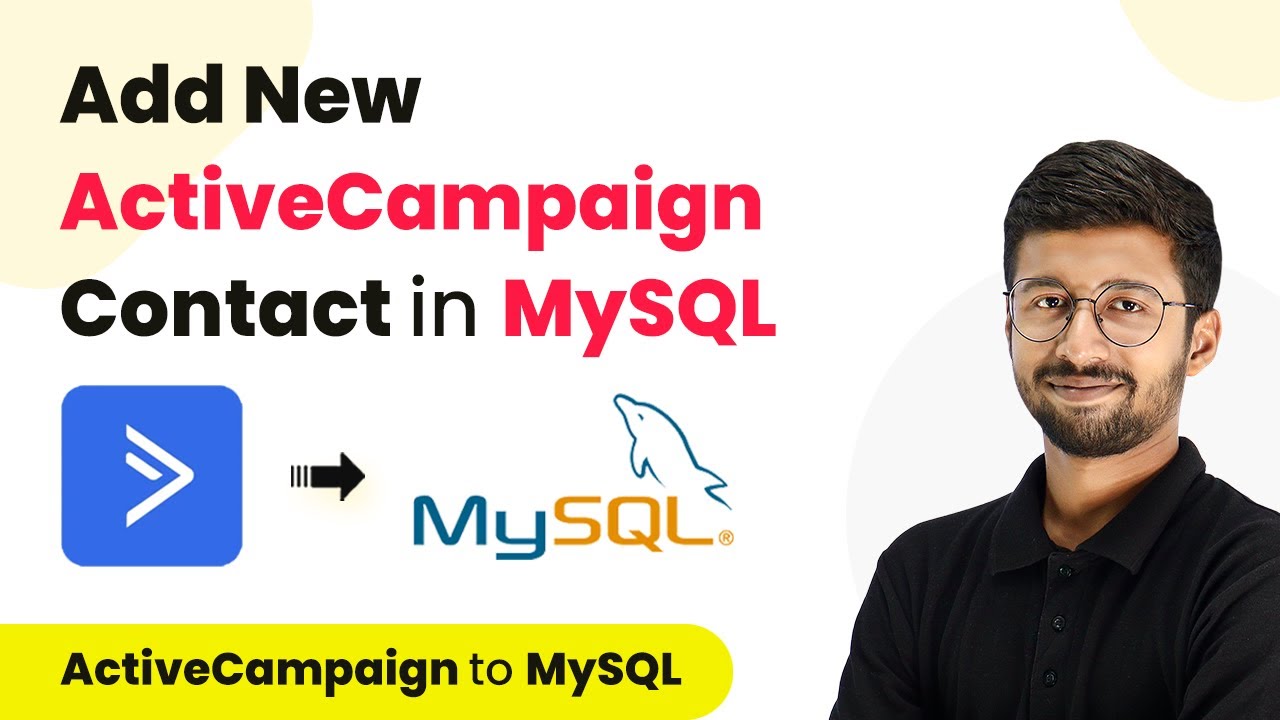Learn how to integrate Mailchimp with Contact Form 7 using Pabbly Connect. This detailed tutorial guides you through the entire process step by step. Develop expertise in application integration and learn how to design streamlined automation workflows using proven, simplified approaches.
Watch Step By Step Video Tutorial Below
1. Accessing Pabbly Connect for Integration
To start integrating Mailchimp with Contact Form 7, first, access Pabbly Connect. Go to your browser and search for Pabbly Connect. You will see options to sign in or sign up for free. If you are new, click on ‘Sign up for free’ to create an account.
Once signed in, navigate to the ‘All Apps’ section where you can find all Pabbly products. Click on ‘Access Now’ under Pabbly Connect to reach the dashboard. Here, you can create a new workflow by clicking on the ‘Create Workflow’ button in the top right corner.
2. Creating the Workflow in Pabbly Connect
After clicking on ‘Create Workflow,’ a dialog box will prompt you to name your workflow. Enter a name like ‘Create Mailchimp Subscriber from Contact Form 7 Responses’ and click ‘Create.’ This sets up the framework for your integration.
In this workflow, you will define a trigger and an action. The trigger will be ‘Contact Form 7’ and the action will be ‘Mailchimp.’ This means that whenever a new form is submitted via Contact Form 7, Pabbly Connect will automatically add a new subscriber to your Mailchimp account.
- Select ‘Contact Form 7’ as the trigger application.
- Choose ‘New Form Submission’ as the trigger event.
- Copy the provided webhook URL for the next step.
Now, you have successfully set up the initial part of your workflow in Pabbly Connect.
3. Configuring Contact Form 7 with Pabbly Connect
Next, you need to configure Contact Form 7 to send data to Pabbly Connect. Go to your WordPress dashboard and navigate to the Contact section. Select ‘Contact Forms’ to find the form you want to integrate.
In the form settings, look for the ‘Webhook’ section and paste the webhook URL you copied from Pabbly Connect. After pasting, click on ‘Save’ to finalize the setup. This connection allows data from your contact form to be sent directly to Pabbly Connect.
- Select the form you want to integrate.
- Paste the webhook URL in the Webhook settings.
- Save the changes to your form.
Now, Pabbly Connect is ready to receive data from your Contact Form 7 submissions.
4. Testing the Integration with Pabbly Connect
To ensure everything is working correctly, you need to test the integration. Go back to Pabbly Connect and check that it is waiting for a webhook response. Now, fill out the form on your website with dummy data and submit it.
Once submitted, return to Pabbly Connect to see if the response has been captured. You should see the details you entered in the form. This confirms that the connection between Contact Form 7 and Pabbly Connect is successful.
5. Adding Mailchimp Integration in Pabbly Connect
The final step involves adding Mailchimp as the action application in Pabbly Connect. Select Mailchimp and choose the action event ‘Add New Member with Custom Fields.’ Click on ‘Connect’ and select ‘Add New Connection.’
Here, you will need to provide your Mailchimp API key and data center. To find your API key, log into your Mailchimp account, navigate to your profile, and under Extras, click on API Keys. Generate a new key if necessary. The data center can be found in the URL of your Mailchimp account. After entering these details, click ‘Save.’
Select Mailchimp as the action application. Enter your Mailchimp API key and data center. Map the fields from the form submission to Mailchimp fields.
After saving the configuration, you can test the action to ensure a new subscriber is created in your Mailchimp account whenever a form is submitted through Contact Form 7.
Conclusion
In this tutorial, we explored how to integrate Mailchimp with Contact Form 7 using Pabbly Connect. By following the steps outlined, you can automate the process of adding new subscribers to your Mailchimp account based on form submissions. This setup enhances your email marketing efforts and saves you time.
Ensure you check out Pabbly Connect to create business automation workflows and reduce manual tasks. Pabbly Connect currently offer integration with 2,000+ applications.
- Check out Pabbly Connect – Automate your business workflows effortlessly!
- Sign Up Free – Start your journey with ease!
- 10,000+ Video Tutorials – Learn step by step!
- Join Pabbly Facebook Group – Connect with 21,000+ like minded people!
